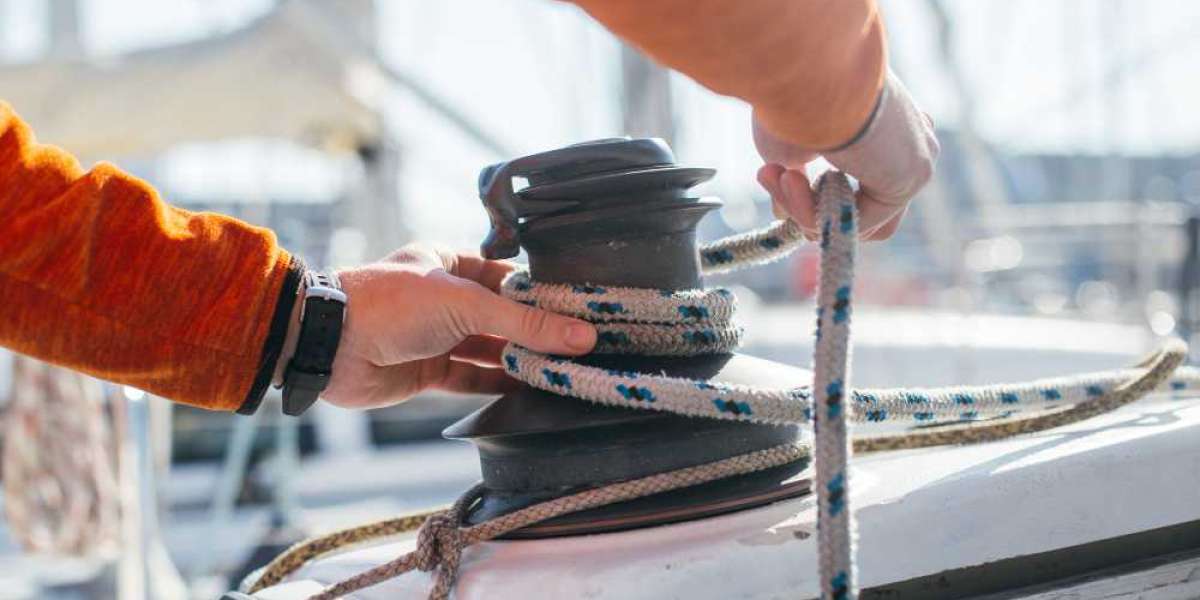Ships are marvels of engineering that play a crucial role in global trade, transportation, and exploration. Behind the smooth sailing of these massive vessels lies a complex system of components that work in harmony to ensure they function efficiently and safely. From the hull to the engines, every part of a ship has a specific role, making it a true testament to human ingenuity. In this blog, we’ll explore the various ship parts, their functions, and how they contribute to the overall operation of a vessel.
1. Hull: The Heart of the Ship
The hull is the most prominent part of any ship. It forms the outer shell and provides the structure that keeps the ship afloat. Typically made of steel, aluminum, or reinforced composites, the hull is designed to withstand harsh maritime conditions, including waves, saltwater corrosion, and impacts.
There are several types of hulls depending on the ship’s purpose:
Displacement Hulls: These hulls are designed to displace water, which keeps the ship stable at slower speeds. Cargo ships and tankers usually have this kind of hull.
Planing Hulls: These are designed to rise above the water as speed increases. They are common in speedboats and naval ships.
Semi-Displacement Hulls: These are a hybrid, offering good speed and stability, found in some luxury yachts and fast ferries.
The design of the hull directly affects the ship's efficiency, stability, and speed. A well-designed hull minimizes drag, allowing the ship to move smoothly through water.
2. Deck: The Ship's "Floor"
The deck is the upper surface of the hull, often referred to as the “floor” of the ship. It serves as the primary working space on a ship. Depending on the size of the vessel, there may be multiple decks, each with its own purpose:
- Main Deck: This is the primary deck that holds most of the ship’s operational equipment, cargo, and passenger facilities.
- Cargo Deck: On freight vessels, this deck is dedicated to storing goods, with containers and pallets secured for transport.
- Bridge Deck: The bridge is typically located on the upper deck of a ship. It houses the ship’s navigation equipment and is the command center where the ship is steered.
Decks also have various structures such as stairways, ramps, and hatches for accessing lower levels and holding spaces. The materials used for decks are typically resistant to weather conditions, especially for outdoor decks exposed to saltwater.
3. Engine Room: Powerhouse of the Ship
The engine room is the heart of a ship’s propulsion system. It houses the ship’s engines, fuel systems, and machinery that generate the power needed to move the ship through water.
There are several key components in the engine room:
- Main Engine: This is the primary engine that drives the ship. It runs on either fuel oil or LNG (liquefied natural gas), depending on the type of ship.
- Auxiliary Engines: These engines support the main engine and are responsible for generating electricity to power onboard systems like lights, ventilation, and navigation equipment.
- Pumps and Valves: These control the flow of water, fuel, and coolant through the engine, ensuring the engine operates smoothly without overheating.
The engine room is a complex space that requires precise management to keep the ship running efficiently. Regular maintenance and monitoring are crucial for preventing breakdowns or malfunctions.
4. Propeller and Rudder: Steering and Moving the Ship
The propeller and rudder are essential for the ship's movement and direction.
Propeller: The propeller, often referred to as the "screw," is responsible for moving the ship forward. It works by rotating, which pushes water backward, propelling the ship in the opposite direction. The size and design of the propeller vary depending on the type of ship and its intended speed.
Rudder: The rudder controls the ship’s direction. Positioned at the stern (rear) of the ship, the rudder turns when the steering wheel or controls are adjusted, causing the ship to change its course. In modern ships, the rudder works in conjunction with the propeller to provide precise maneuvering capabilities.
Together, the propeller and rudder allow ships to travel from port to port and change course when necessary.
5. Bridge: The Command Center
The bridge is the nerve center of the ship, where the captain and crew control the vessel. It is located on the upper deck, offering an unobstructed view of the water and surroundings. Key components of the bridge include:
- Navigation Equipment: This includes radar systems, GPS, sonar, and compass systems to ensure the ship stays on course and avoids obstacles.
- Control Systems: These allow the captain and crew to manage the engine power, steering, and speed of the ship.
- Communication Systems: Radios, satellite phones, and signal equipment are essential for communication with other ships, ports, and coast guards.
The bridge is equipped with the latest technology to ensure safe navigation and compliance with international maritime regulations.
6. Cargo Hold: Storing the Goods
On cargo ships, the cargo hold is a key component for safely storing goods during transit. The cargo hold is an enclosed space below deck where cargo is secured, often in containers or pallets, to prevent shifting during transit. The hold is equipped with various mechanisms to load and unload cargo, including cranes, winches, and hatch covers.
Different ships have different types of cargo holds depending on the nature of the goods being transported:
- Dry Cargo Hold: For general goods such as electronics, furniture, and packaged goods.
- Liquid Cargo Hold: For carrying bulk liquids such as oil, chemicals, or liquid natural gas (LNG).
- Refrigerated Hold: For transporting perishable goods such as fruits, vegetables, and seafood.
Proper storage and securing of cargo are critical to preventing damage to goods and ensuring the safety of the ship.
7. Mast and Funnels: Navigational Aids and Ventilation
The mast and funnels may not be the first parts of a ship that come to mind, but they are important components for specific functions.
Mast: The mast is the tall, vertical structure on the ship that holds communication equipment, radar, and sometimes sails. It helps with navigation and communication.
Funnels: These large, chimney-like structures expel exhaust gases from the ship’s engine room, ensuring the ship operates efficiently and safely. Funnels are also crucial for maintaining proper ventilation on the ship.
8. Life-Saving Equipment: Ensuring Safety
Every ship is required by international law to have life-saving equipment on board. This includes:
- Lifeboats and Liferafts: These are crucial in the event of an emergency, such as a ship sinking or capsizing. They provide a safe refuge until help arrives.
- Life Jackets: Required for every person on board, life jackets ensure safety if evacuation is necessary.
- Fire Suppression Systems: In case of fire, fire suppression systems, including sprinklers and extinguishers, are essential to protect both the ship and crew.
Conclusion
The components of a ship are essential for its smooth operation, safety, and efficiency. Each part, from the hull to the bridge, plays a critical role in ensuring the vessel performs at its best in the harsh maritime environment. As ships evolve with advancements in technology, these components will continue to improve, making vessels safer, more efficient, and more sustainable for future generations.








